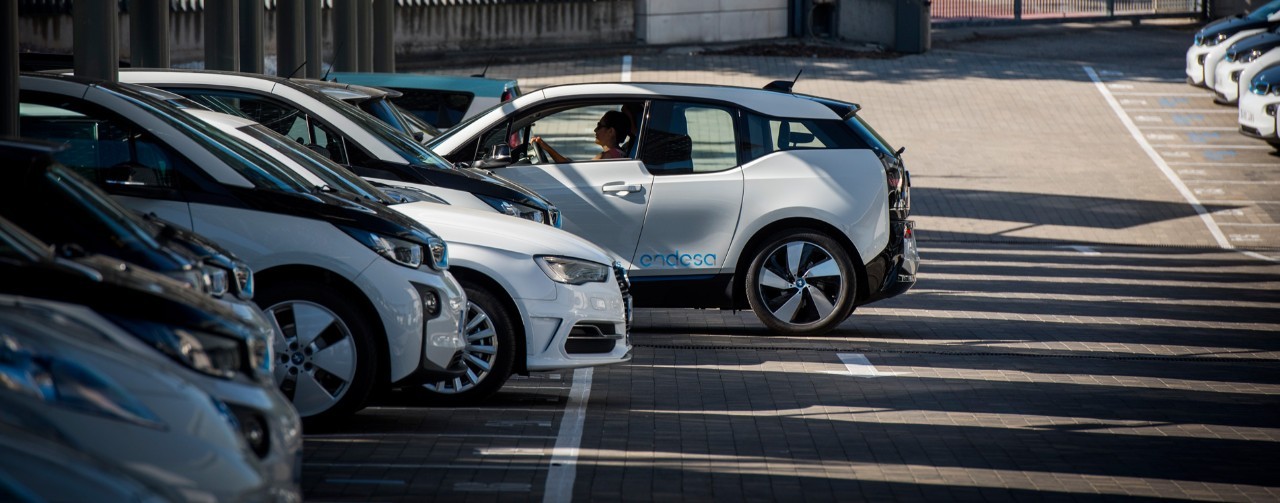
If you prefer to always view the website in English, please click here.
If you prefer to always view the website in English, please click here.
Many sectors of our economy are undergoing a transition toward more collaborative models. For example, it is now commonplace to share a car with other users when we travel, to spread costs, and there are even applications to rent out your home for others to use while you’re away for a few days. Can you imagine doing the same with electricity? You could, for example, release the power that you’re not going to use during your holidays for others to use, and receive a financial reward for doing so.
This is the aim of the European SmartNet project: to create a more flexible energy market model. The increase in the number of homes that use their own renewable energy sources, the improvements in energy storage systems and the growing use of electric vehicles enable us to think of a new method of managing the electricity grid, based on flexibility.
The user assumes an active role from the moment when he is able to generate electricity from his own home, becoming a prosumer: a power producer and consumer, all in one. SmartNet seeks to exploit the advantages of these new prosumers and to explore the use of new technologies to aggregate them, forming a network of small consumer-generators.
The ultimate objective is to improve both the efficiency and the stability of the electricity grid, and at the same time, to create a more sustainable, more flexible grid where the exploitation of customers’ resources will increase, and power losses and emissions will decrease, due to the reduction in overloads in the grids.
Imagine that there’s a big concert in the football stadium in your city. Its huge power requirements cause the electricity grid in the area to become congested. The operator might request homes and businesses in the districts surrounding the stadium to disconnect from the grid and to use their own batteries, thus contributing to decongesting the electricity grid.
Should it be necessary, the operator could even request them to act as producers of power, for example plugging their electric vehicle into the grid, or injecting photovoltaic power. The new Smart Grids are two-way, so the power from the car battery or from a generation facility using renewable sources would be poured into the grid, ready for use. And all of this entailing a financial reward for the consumer, who is releasing the energy he is not using at that moment, and which is needed elsewhere.
This is the model that SmartNet is working on: showing how the distribution grid is able to buy services from and sell them to these future users. All in all, as Miguel Pardo, Innovation Project Lead at Endesa Distribution, explains: “It’s a question of ‘weaving’ a net between these prosumers to create a flexible electricity grid, coordinated with the system operator.”
“The electricity grid should act as a flexible platform to favour the services of the new prosumers and at the same time to guarantee the quality of supply.”
Miguel Pardo. Innovation Project Lead at Endesa Distribution.
The SmartNet project is developing three experimental pilot projects in Italy, Denmark and Spain. At Endesa we are leading the Spanish pilot, together with Tecnalia, One and Vodafone, in order to prove that we can act as a small-scale producer- and consumer-aggregating agent.
This pilot test is being carried out in Barcelona, with the booster stations installed throughout the city by Vodafone. The demonstrator consists of the boosters disconnecting themselves from the grid at the request of the distribution company and using their batteries, contributing to the decongestion, when necessary, of Barcelona’s electricity grid and at the same time helping to stabilise the grid at system operator level.
Smartnet attempts to demonstrate the technological capability of cases such as these in Spain, Italy and Denmark, and to create the first models of this future market.
Our participation in the SmartNet project is part of Endesa’s commitment to the research and development of new services in the electricity market. The European SmartNet consortium is formed by a total of 22 companies and institutions from 9 European countries. The project has a budget of 12.6 million euros for a total of three years of research which will conclude in December 2018.





.jpeg)